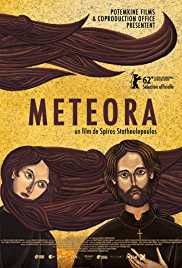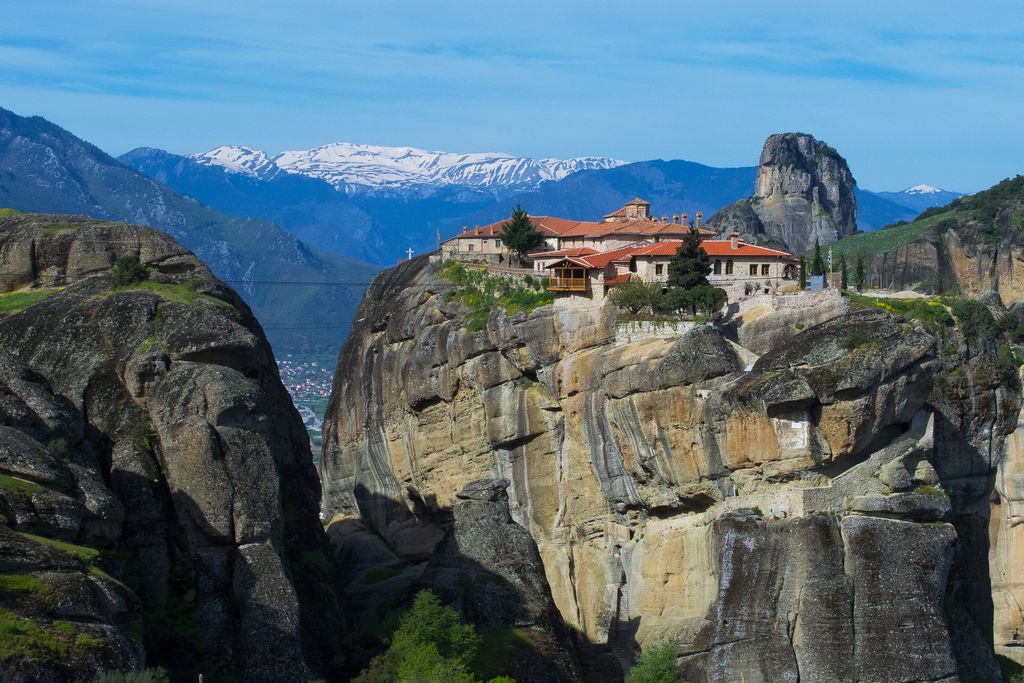On an unusually chilly day in the skies; Hestia, the Greek god of architecture was having a morning cuppa with Zeus. Hestia seemed to stare at the skies blankly and fidgeted. Zeus realised there was something Hestia wanted off her chest.
Zeus enquired, “Hey, fair lady, what seems to bothering you?” in a newly learnt English accent! He had just spoken to Jesus and was impressed by his English skills and wanted to give it a go himself.
Hestia replied almost instantly,” Hey, Zuey, you do know that I take great pride in my work and have never really made any mistakes in architecture and planning our pretty little blue planet. But there seems to be an accounting issue and I’m unable to account for a few pretty hills that were supposed to go to the Elysium. I have been looking all over the skies and have even asked Hermes, Apollo and Cronus for help.”
She paused taking a deep breath, ” But I haven’t found them yet! I had made them with great care and they were supposed to be the Disneyland of heaven. But not so sure now. Can’t really figure out how they disappeared overnight”.
Zeus burst out laughing and pointed her towards the small blue dot under his feet and they zoomed in. As soon as the cosmic lens focussed, Helthia’s wrinkles smoothened and her pulse rate normalized. She realised that was a masterstroke from Zeus, the king of everything!
So that’s how Meteora was born.
At least that’s the story I made up for my three-year-old son. The only thing resembling a fact in that story is that Meteora belongs in heaven and definitely not on this blue planet. You will admit this when you first glimpse of the out-worldly rock formations that not surprisingly house monasteries atop. No thanks, to Zeus!
Meteora should probably be the number one destination in the whole of Greece and for that matter the whole of eastern Europe. But, you see there are those pesky little gorgeous Greek islands that hypnotize you and hide the wonder that is Meteora from most Greek itineraries. The worst bit of that is that Meteora is just a few hours drive from Athens and even then most give it a miss. I know weird!
Meteora is basically a bunch of monasteries sitting pretty atop conglomerated Calcerous and sandstone rock. These hills were theoretically formed by crushing tectonic plates and the monasteries by Japanese grade industrious monks and nuns.
Now the six monasteries offer sweeping views of the valley and a peaceful abode for the 60 odd monks and nuns!
Once you decide you want to see them, Kalambaka is your destination from Athens. Book a hotel there and stare at the outcrops as you climb up either on wheels of even better on feet!
Must see in Meteora
I must admit, this must-see section here kinda makes no sense as the whole place is a must see. Anyway here goes nothing!
1. Great Meteoron or Megalo Meteoro or Megachurch or Metamorphsis Monastery: This is the biggest and raddest of them all and also built upon the highest rock. It offers amazing views of the valley below and the snow-capped peak in the horizon. It also contains some of the most beautiful wall paintings and post Byzantine Mural art that can be found in Greece as well as a museum collection in the refectory. It would in most cases be your first and longest stop.
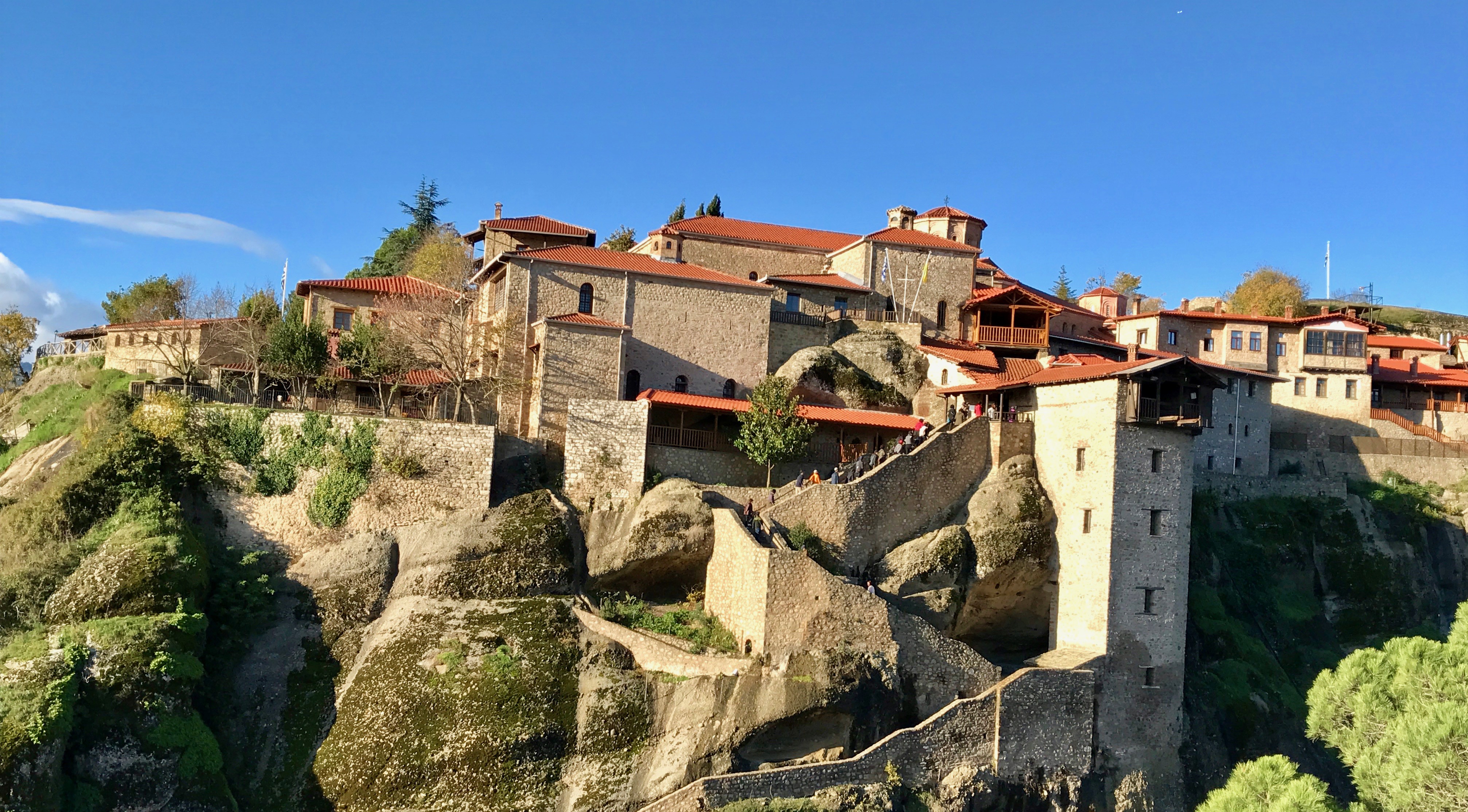
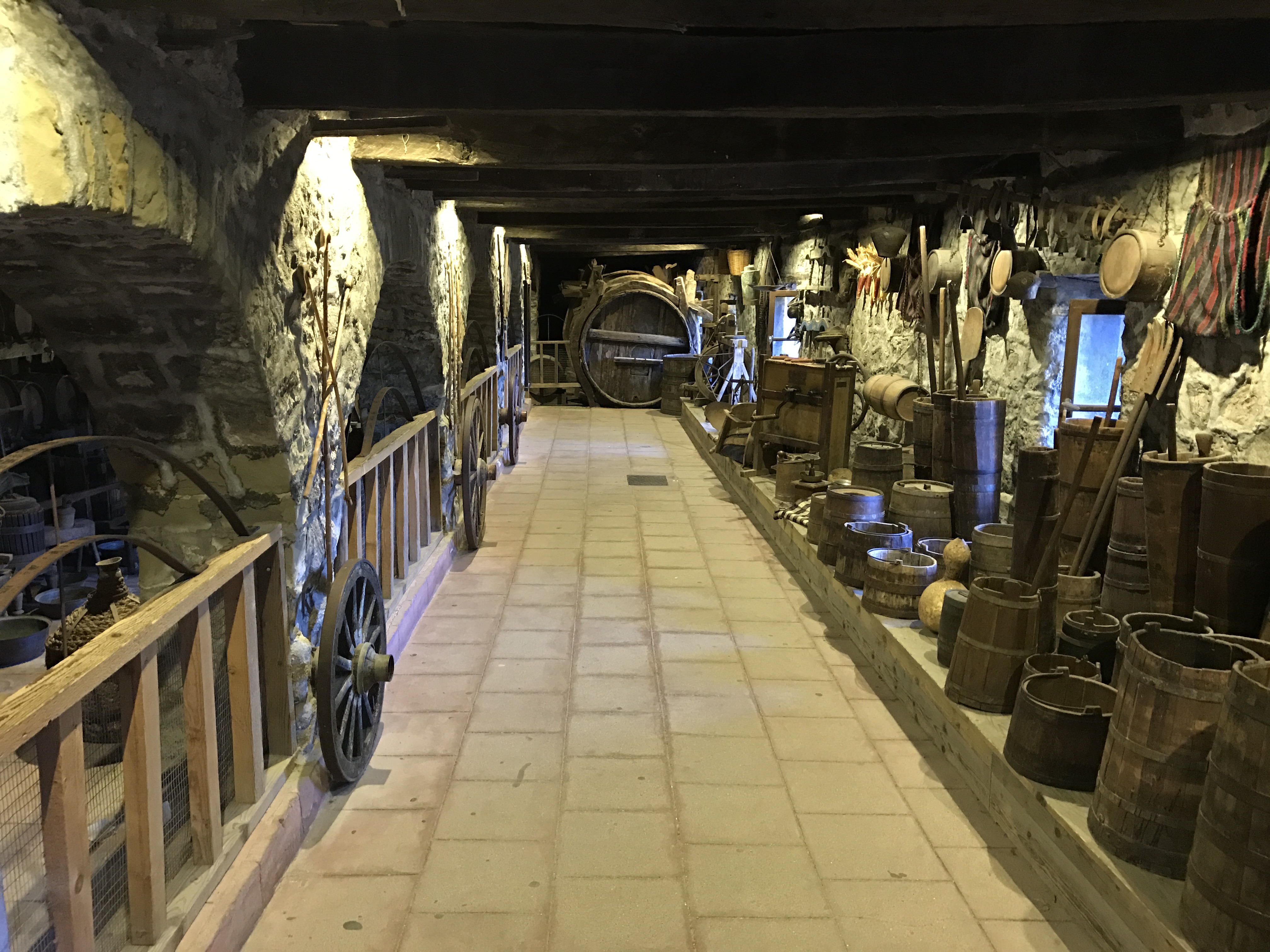
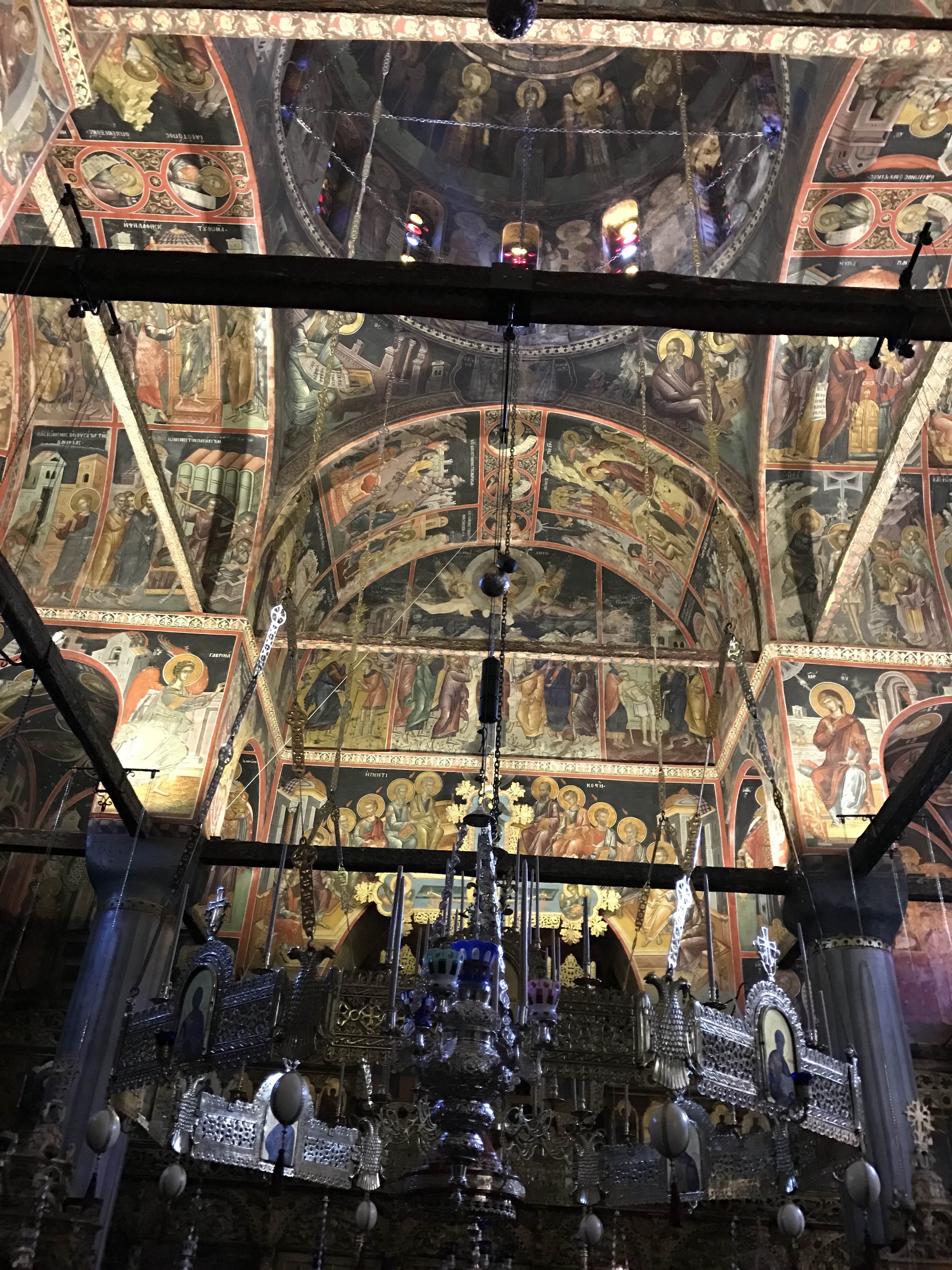

2. Varlaam Monastery: My favourite of all. In 1350 a daring ascetic named Varlaam ascended to the rock. The monastery was named after him. He built three churches, a small cell and a water tank. After his death the rock remained abandoned for about 200 years. In 1517/1518 the two founders of the church, the priest-monks Theophanes and Nektarios Apsarades reached the rock. They were two rich brothers from Ioanina. They found the rock of Varlaam abandoned, so they started to construct the first buildings from the beginning. The transportation of the materials lasted 22 years and the result is amazing to say the least.
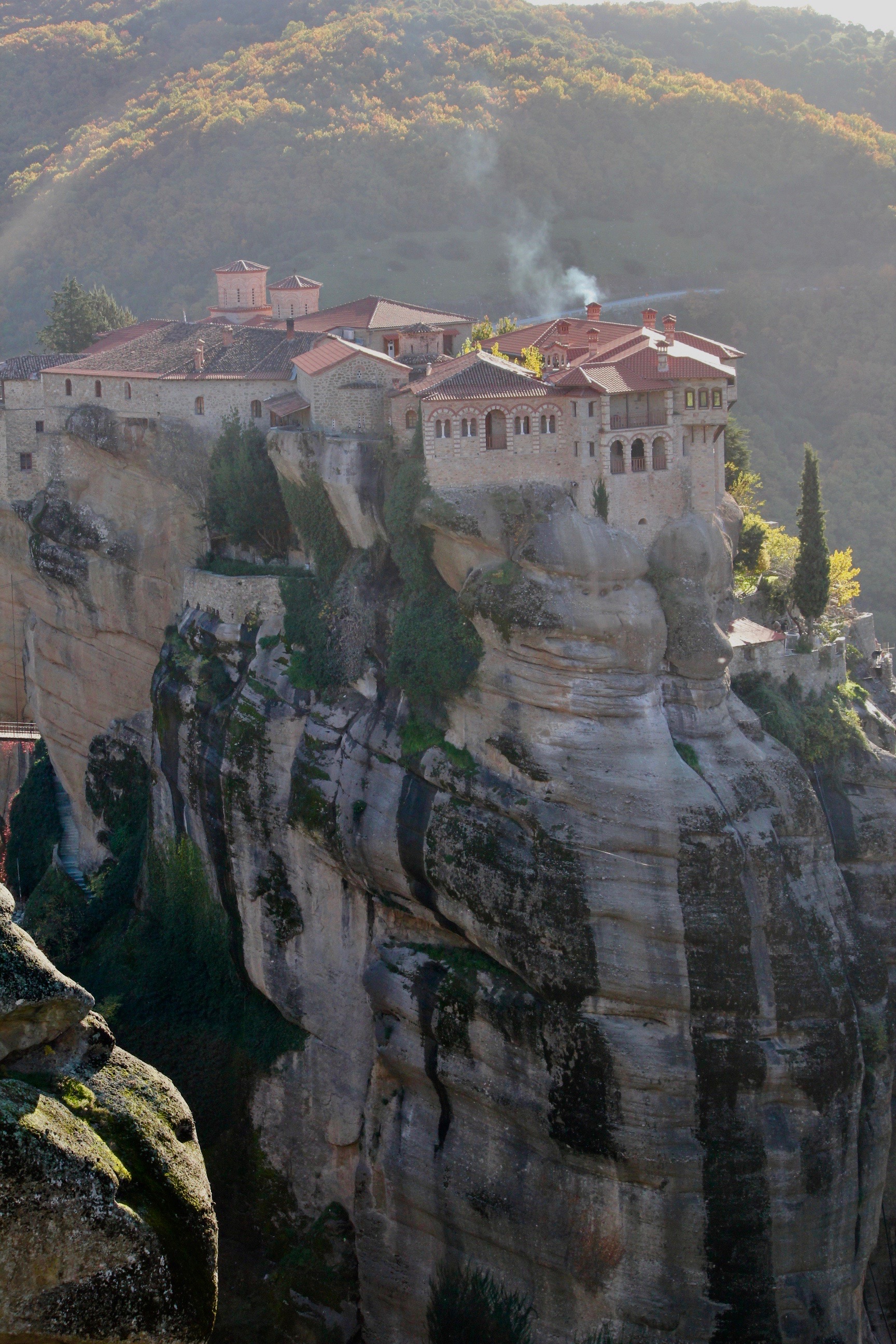
3. Roussanou Monastery: This super friendly monastery is run by nuns. It was partially destroyed by the Germans in the world war and has been reconstructed painstakingly. It is quite small and the paintings are wearing off. But they do have a rustic look about them.

4. Holy Trinity Monastery: This monastery offers great photo ops of the valley below. It was where the James Bond movie ‘For Your Eyes Only’ was filmed.

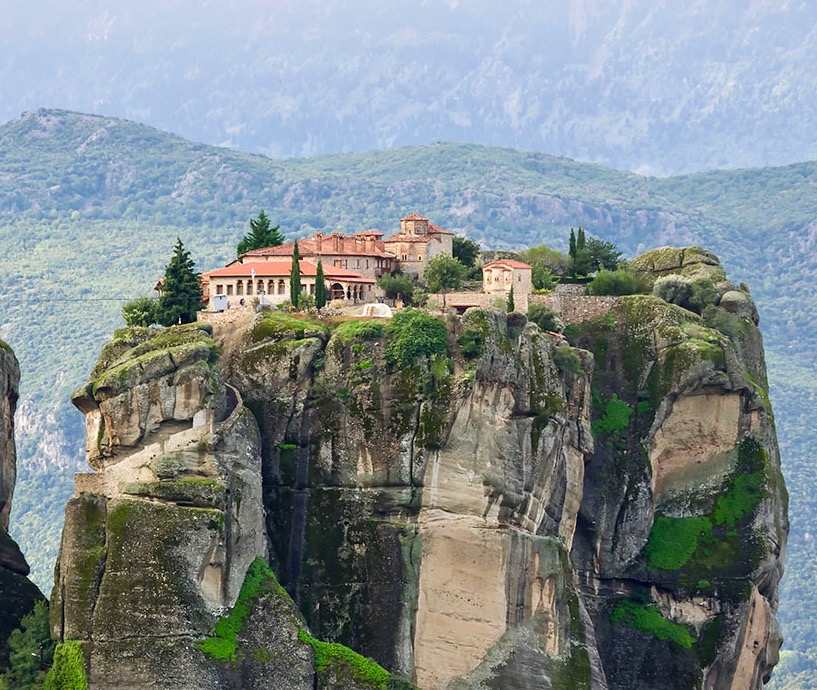
5. St Stephen Monastery: Another monastery that suffered during the world war. It is famous for the skull of St. Charalambos, which is believed to have miraculous healing powers. Lovely place with equally great views from atop.
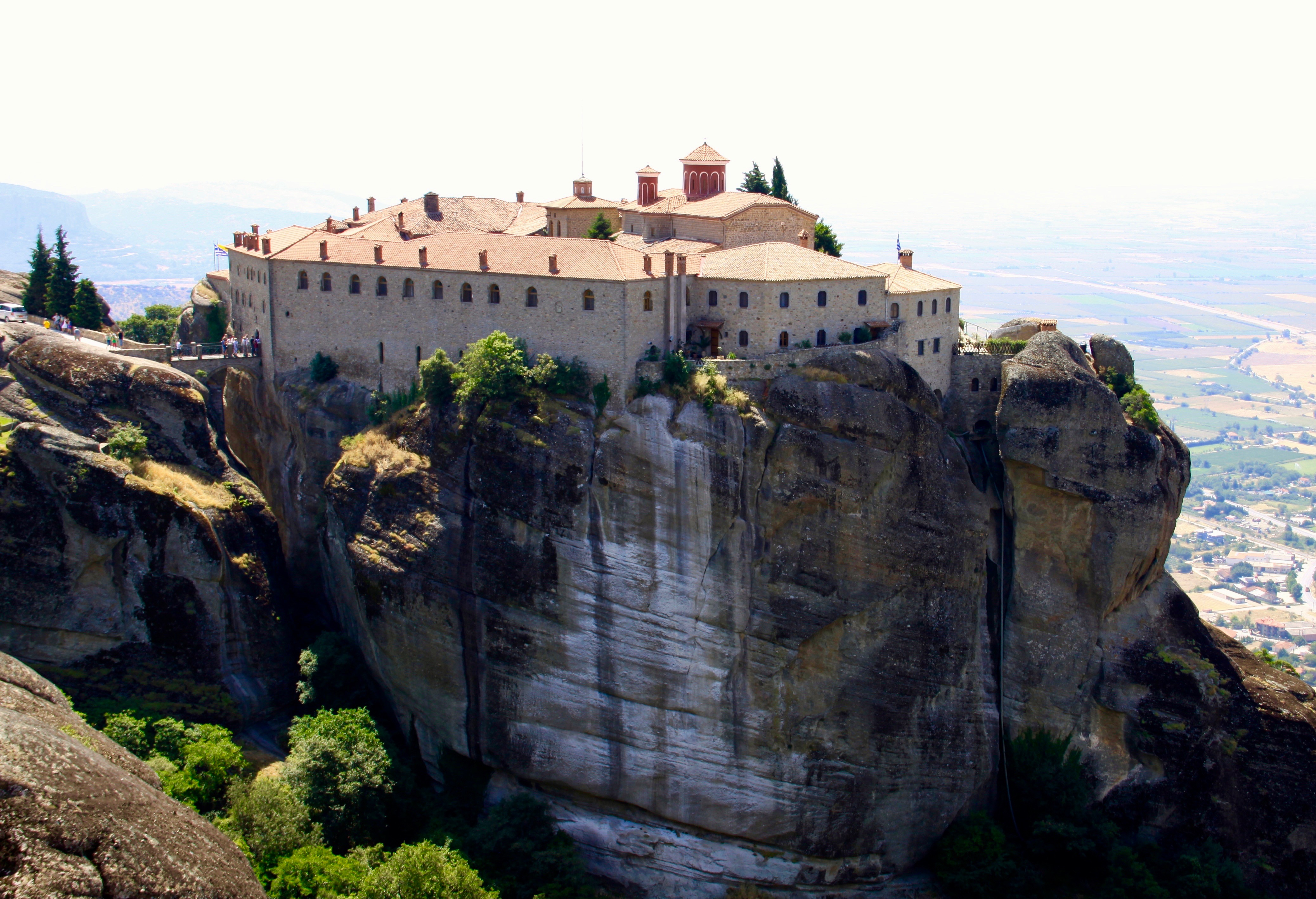
6. St. Nicholas Anapausas Monastery: Don’t be fooled by its modest size. This place is overlooked by most tourists and it allows you to feel more attached to this place somehow.
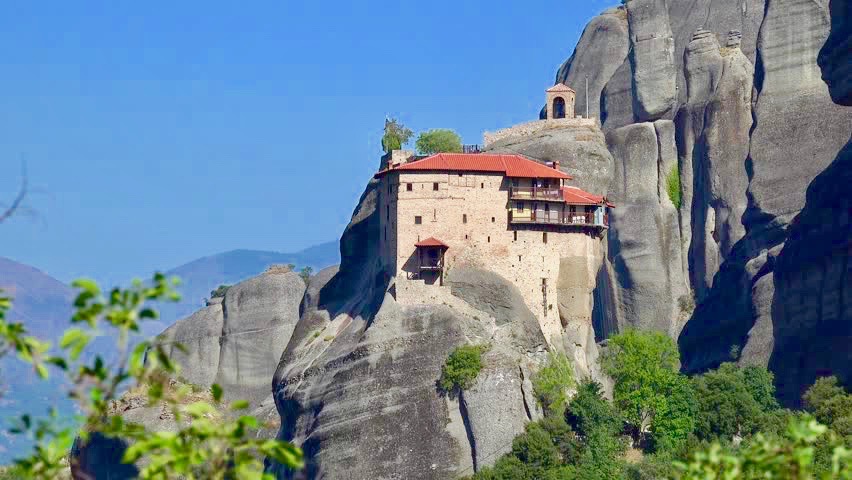
Tips for visiting Meteora
- Getting there: Meteora/Kalambaka is about 350kms and 4-5hr drive from Athens. A car is one of the best options. Try hiring one in Athens. There are four daily trains from Larissa station in Athen to Kalambaka or a change of train at Paleofarsalos. Check train schedules here. Its a five-hour pleasant ride. Buses leave from Liossion Bus Station to Kalambaka. So change buses at Trikala.
- Watch out for the odd timings of each monastery before you plan:Summer hours (April-October): St. Stephen’s – 9am-1:30pm, 2:30-5:30pm – closed Mondays. Great Meteoron – 9am-3pm – closed Tuesdays. Roussanou – 9am-3pm – closed Wednesdays. Holy Trinity – 9am-3pm – closed Thursdays. Varlaam – 9am-2pm – closed Fridays. St. Nikolaos Anapafsas – 9am-2:30pm – closed FridaysWinter hours (November-March): St. Stephen’s – 9am-1:00pm, 3-5pm – closed Mondays. Great Meteoron – 9am-3pm – closed Tuesdays & Wednesdays. Roussanou – 9am-2pm – closed Wednesdays. Holy Trinity – 10am-4pm – closed Thursdays. Varlaam – 9am-3pm – closed Thursdays & Fridays, St. Nikolaos Anapafsas – 9am-2pm – closed Fridays
- Almost everyone stays at Kalambaka. Many hotels have nice views of the hills. Ask for one facing them!
- To see all six you will need a minimum of two days. Don’t rush!
- On the way from Athens to Meteora be sure to stop by Delphi. Most tours take this route too. Check out what more interesting facts about Greece here .
- Visa for Indians: As a part of the Schengen countries; you will need a pre-approved visa to get in. I used VFS global. Takes about a week.
- What I Saw: Meteora is a movie worth watching just for the grand views of all the monasteries and the valleys that you see all through the movie. Its the story of Greek monk and a Russian nun have devoted their lives to the strict rituals and practices of their community, but a growing love for one another puts their monastic life under question.
